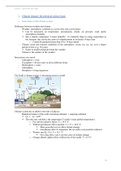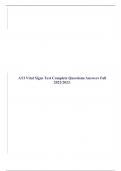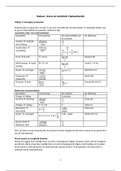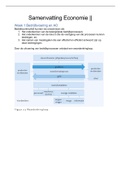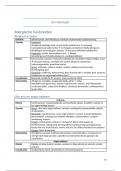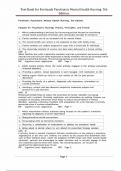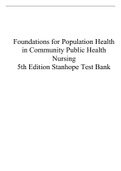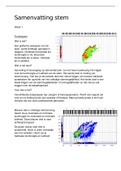Resume
Samenvatting Global Change (006799)
- Cours
- Global Change (006799)
- Établissement
- Vrije Universiteit Brussel (VUB)
Samenvatting van de hoorcolleges van het vak 'Global Change' gegeven door professor Huybrechts als titularis en andere gastdocenten aan de Vrije Universiteit Brussel.
[Montrer plus]
